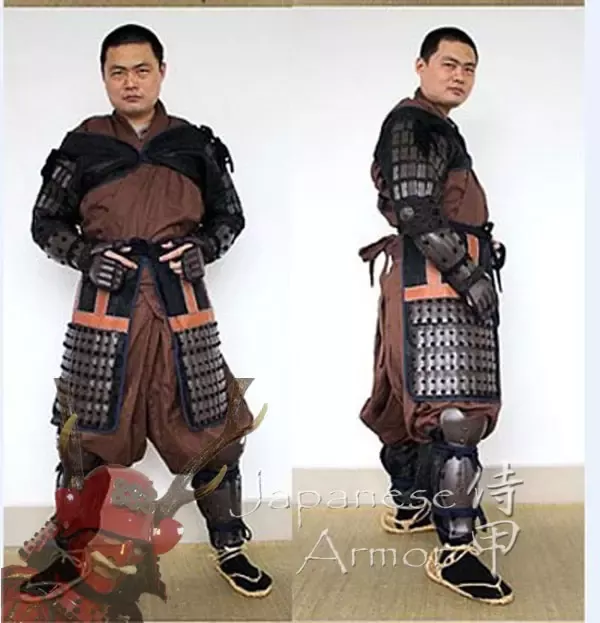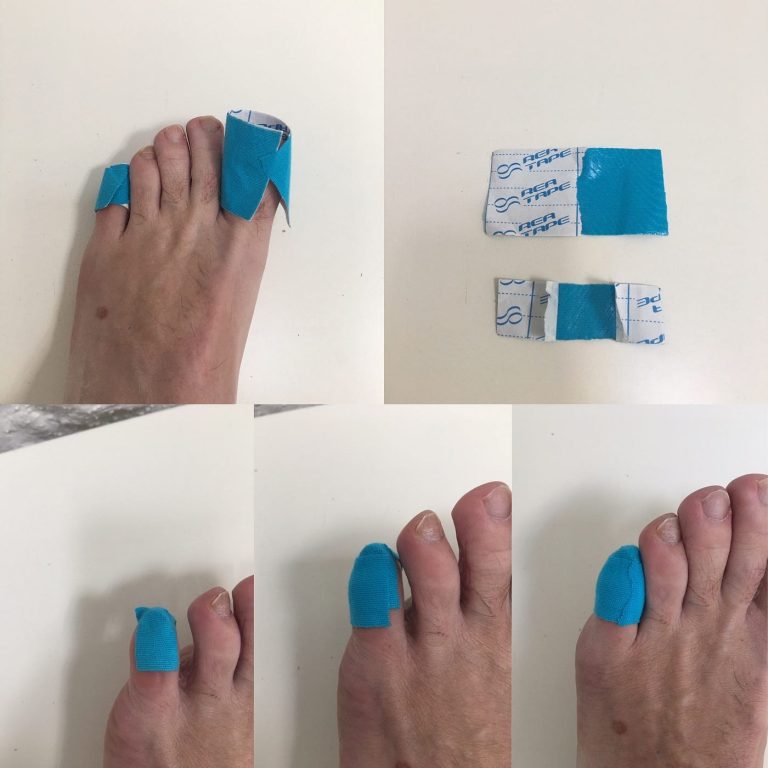How to Fit Marathon Shoes?
To fit marathon shoes accurately, first, measure both feet, then try on shoes late in the day to account for natural swelling. Marathon shoes are essential for long-distance running, providing comfort and support for runners.
However, finding the perfect fit can be a challenge. To ensure an accurate fit, it is crucial to measure both feet and consider any differences in size. Additionally, it is recommended to try on shoes later in the day when your feet may be slightly swollen after activities.
This helps to avoid purchasing shoes that may become uncomfortable during a marathon. By following these steps, you can find the ideal marathon shoe fit to enhance your performance and prevent any discomfort or injuries during long-distance runs.

Credit: m.youtube.com
Choosing The Right Marathon Shoes
Choosing the right marathon shoes is crucial for a comfortable and successful race. One important factor to consider is your running style. Are you a neutral runner, overpronator, or supinator? Understanding your running style will help you find shoes that provide the necessary support and stability.
Another important aspect to look at is your foot shape. Do you have high arches, low arches, or a normal foot arch? Knowing your foot shape will help determine the type of cushioning and support you need in your marathon shoes.
Additionally, consider the surface you will be running on. Are you running on roads, trails, or a mixture of both? Different shoes are designed to provide optimal traction and durability for specific surfaces.
When fitting marathon shoes, remember to measure your feet and try on several pairs to find a comfortable fit. Look for shoes that have a snug heel, enough room in the toe box, and proper arch support. Don’t forget to test them out by walking or running in them to ensure they feel right.
Getting The Right Fit
When it comes to fitting marathon shoes, getting the right fit is crucial. Start by measuring your feet regularly as shoe sizes can change over time. Use a tape measure to measure the length and width of your feet and compare the measurements to a shoe size chart.
It’s important to leave some space in the toe box of your shoes. A thumb’s width of space between your longest toe and the end of the shoe is a good rule of thumb. This allows for natural movement and prevents your toes from hitting the front of the shoe during running.
If the shoe feels too tight or cramped in any area, it’s not the right fit. Look for shoes with features like adjustable laces or straps to customize the fit. Trying on shoes in the afternoon when your feet are slightly swollen can help ensure a proper fit. Remember that everyone’s feet are unique, so finding the perfect fit may require trying on different brands or styles. Happy running!
Testing The Shoes
Testing the Shoes:
Try walking or jogging in the shoes to determine comfort and support qualities.
:max_bytes(150000):strip_icc()/VWFit-Running-Shoe-Journey-Get-the-Right-Fit-edit-1-df71cf0b47544c7a9bb32d1a4ff7adfb.jpg)
Credit: www.verywellfit.com
Understanding Shoe Sizing
Understanding Shoe Sizing: When fitting marathon shoes, it’s crucial to understand the sizing charts. Different brands may have variations, so always refer to the specific brand’s sizing chart for accurate measurements. It’s also important to consider half sizes, as this can make a significant difference in the comfort and fit of the shoes.
Dealing With Common Fitting Issues
When fitting marathon shoes, it’s crucial to avoid tightness or pinching. Ensure there is enough room in the toe box to prevent discomfort and reduce the risk of blisters. Address heel slippage by utilizing lace-locking techniques to secure the midfoot without over-tightening the shoe. Properly tying the laces can make a significant difference in the overall fit of the shoe, providing a more secure and comfortable experience for the wearer.
Maintaining And Replacing Marathon Shoes
Fitting marathon shoes is crucial for preventing injury and enhancing performance.
- Regularly check for wear and tear, especially on the soles and cushioning.
- Replace your shoes every 300-500 miles to maintain optimal support and comfort.
- Store your shoes in a cool, dry place away from direct sunlight to prevent deterioration.

Credit: m.youtube.com
Frequently Asked Questions Of How To Fit Marathon Shoes?
Should I Size Up For Marathon Running Shoes?
For marathon running, it is not recommended to size up your shoes. Proper fitting is crucial for comfort and to prevent injuries. It’s important to get the right size that provides a snug fit and allows for toe wiggle room.
Sizing up can lead to blisters, slips, and discomfort during long runs.
How Snug Should Marathon Shoes Be?
Marathon shoes should fit snugly but not too tight to allow for natural foot movement during long runs. Opt for a comfortable fit with room for toes to wiggle. Select shoes that provide support and stability for optimal performance and prevent blisters or discomfort.
Should You Size Up Or Down In Running Shoes?
For running shoes, it’s best to size up if in between sizes or for wider feet.
Conclusion
Finding the right marathon shoes is crucial for a successful race. By following these tips on proper fitting, you can ensure maximum comfort and performance. Remember to consider your foot type, gait, and shoe size to find the perfect fit.
With the right shoes, you can conquer your next marathon with confidence!






